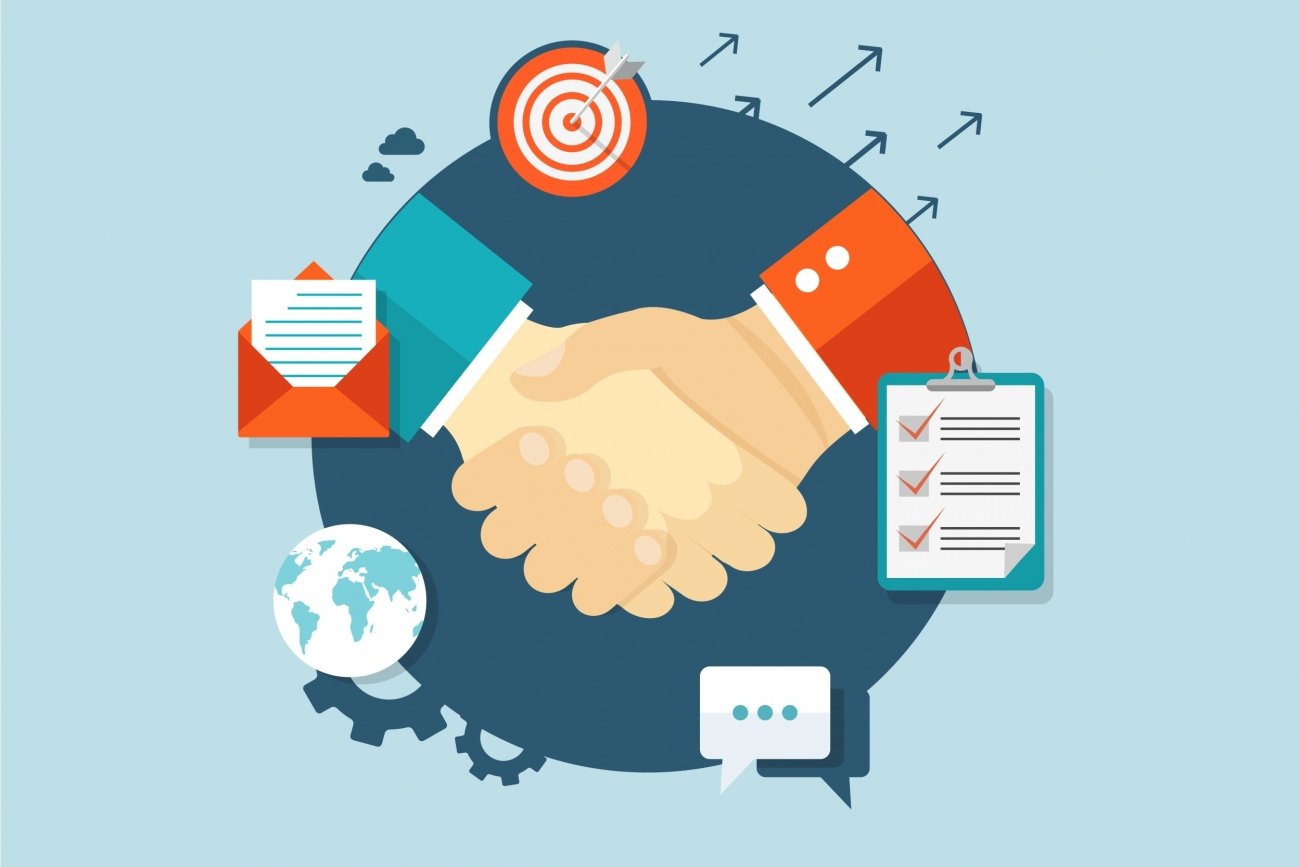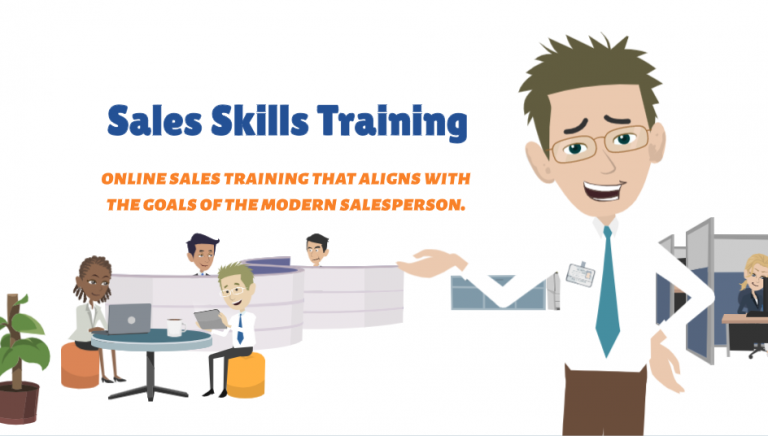What is selling and the definition of selling is a question is a valid question often asked by newer people to the profession. Selling involves many different activities and actions which depend on the customers situation and where in the sales journey you are at.
Selling to a new prospect has a different definition to reengaging or up-selling to an existing customer. So, there is no real one size fits all definition to what selling means especially as buyers now control the whole process.

How would you define selling?
As we see it, in general the term “selling” can be fined as the exchange of value, the process where a buyer sees the value in paying a company or a seller an agreed price for a product or service that they want delivered. All selling starts via a “sales process”. Think of the sales process as a journey towards an end point taken over a time period. The sales process can be triggered by either the buyer or seller. For example, a buyer could phone or email into a company requesting further information on a product, or a seller could make a cold call to a buyer where the buyer expresses an interest to learn more. Both of these scenarios trigger the sales process and by default the activity of selling begins.
Regardless of who triggered the sales process, the selling activity is made up of two core activities – Conversations and Commitments. During the sales process, the seller will engage the buyer in a series of planned conversations to convince the buyer that their solution will solve a need or issue that the buyer has. It also entails the seller getting the buyer to make a series of commitments during each conversation to ensure that the sales process is making progress towards a final decision. At the end of the sales process, if the buyer makes a commitment to purchase, they will agree a price and other terms in exchange for the seller delivering the product or service.
When we talk about “what is selling definition”, it is important to understand the psychology of selling. We don’t sell products or solutions, we sell stories, ideas, commitments, results, satisfaction, relief, trust, confidence, assurance etc
As mentioned earlier, selling involves many different activities, these sales or selling skills will include cold calling, cold email outreach, social selling, sales prospecting, handling inbound calls, business development, nurturing relationships, overcoming objections, dealing with multiple contacts within an organization, engaging customers, suggesting ideas, presenting plans and solutions, negotiating pricing and closing deals. It also includes skills such as business knowledge of the product, markets, trends and business challenges. It takes this and more for a seller to enact the exchange of value between a buyer and themselves.
So, let us take the definition of selling a little further. Selling to customers or indeed anyone is composed of the following.
A Sales strategy; this is a plan on how the seller is going to find buyers, or how buyers will find the seller. Will you sell direct to buyers or sell via someone else. In a nutshell, it outlines exactly how the seller or company plans to get their products and services in front of customers.
A sales model; the sales model is determined by the product or service being sold, for example, a low-cost everyday product would be sold via a transactional sales model where the seller attempts to secure the sale on one call or over a very short time period. More complex, higher value products will have a consultative sales model where several conversations will be had over a longer period of time.
A Sales process; this is the journey the seller wants the buyer to undertake on their way to deciding to purchase. The sales process is a series of stages or steps that could include item such as free trial undertaken, presentation to the buyer, face to face meeting,
Sales tactics; these are the selling skills the seller will deploy to convince the buyer that what they are proposing is the right choice. Sales tactics include building up trust with the buyer, having credibility, using existing customer references, reports, studies, getting introduced by a mutual contact, free assessments etc.
So, in selling, a customer-focused solution should be the end result of your efforts in the process. The role of you the salesperson is to be effective, so your sales activity facilitates the decision making for the customer. To do this, you must be able to;
Open meaningful conversations with a customer.
Understand the business issues of the customer.
Help customers to understand these issues.
Build an effective solution.
Link the proposed solution to the issues.

What is selling going to mean in the future
Selling expectations and activities that once dominated the thinking in the world of sales strategy has evolved significantly thanks to the digital era. Today, any serious buyer can get access to detailed information about most products including the companies that sell them. They can read reviews, compare features, get pricing and narrow down potential vendors without engaging with a salesperson. So, what is selling going to mean for a salesperson into the future?. Check out some free sales training. or Online Sales Training Videos.
Future selling skills will require any salesperson to have acquired the ability to research and understand a buyer’s needs (that includes the ability to uncover issues the buyer may not yet recognize), provide really useful insights into the buyer’s industry and knowledgeable on future market trends. Selling will mean that sellers and buyers will have to collaborate deeper if they are to have purposeful conversations and achieve higher levels of commitment. Selling will require salespeople to be able to convey real business value, not through some sales pitch but through relevant business impact.
What is selling and the definition of selling is unique to every seller and organization. In fact, the definition of selling should be personal as it defines not only the role of the salesperson but also the organizations approach to winning and selling to more customers.



